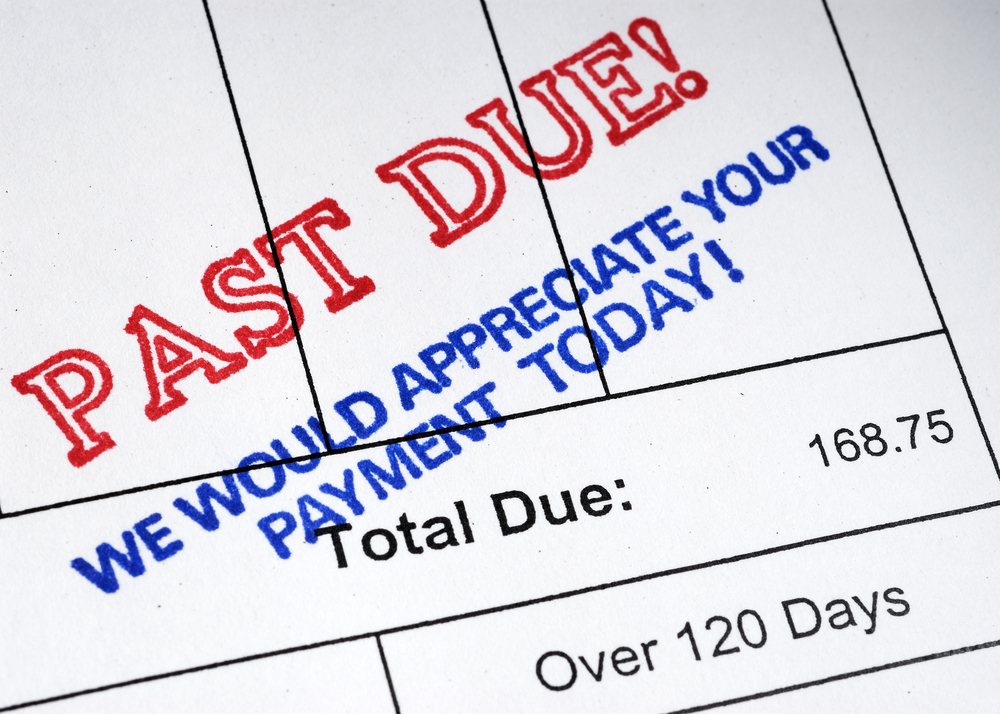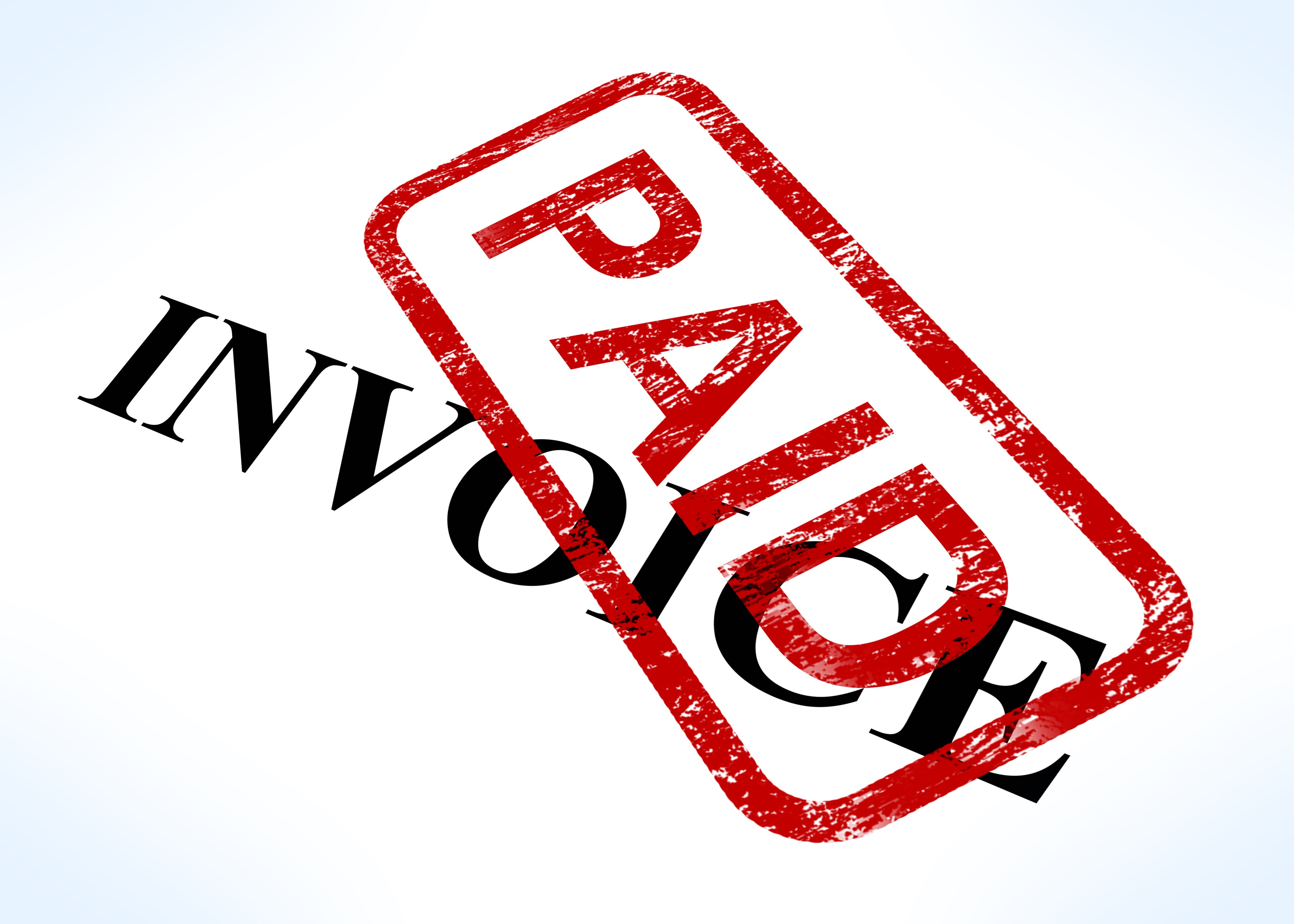5 Accounts Receivable Management Key Performance Indicators: Part II
Accounts Receivable Management: 5 Ways to Increase Cash Flow When it comes to increasing cash flow, are you finding that your numbers are not quite...

Most ERP systems do not offer optimal collections functionality. Managing KPIs manually is difficult with all the data points to capture and track over time. Spreadsheets are not equipped to track the information, documents, correspondence, and workflow processes. It is nearly impossible to measure progress and make decisions by manually tracking KPIs.
Our upcoming blogs will review 3 steps to start measuring smart KPIs with the right strategy, metrics, and automation tools.
Step 1 - How to Build an Accounts Receivable KPIs Strategy
Step 2 - What Accounts Receivable KPIs Metrics to Measure
Step 3 - Why Implement Accounts Receivable KPIs Automation
Establishing an A/R and collections strategy with standards and practices before setting up metrics and procedures will help ensure your organization gets paid faster, does not miss details, minimizes angst among customers and employees, and maximizes revenue. Your cash flow will improve once sales, credit, and collections can easily check the status of accounts, invoices, and related collections communications. In our experience, customers that implement A/R software realize the ROI (return on investment) in 2 to 3 months:

Accounts Receivable Management: 5 Ways to Increase Cash Flow When it comes to increasing cash flow, are you finding that your numbers are not quite...

Accounts Receivable Management: 5 Ways to Increase Cash Flow In any business, cash flow relies on effective accounts receivable management,...

ERP systems are impressive and powerful tools and the backbone of companies around the world. As ERP resellers and developers, we know this to be...